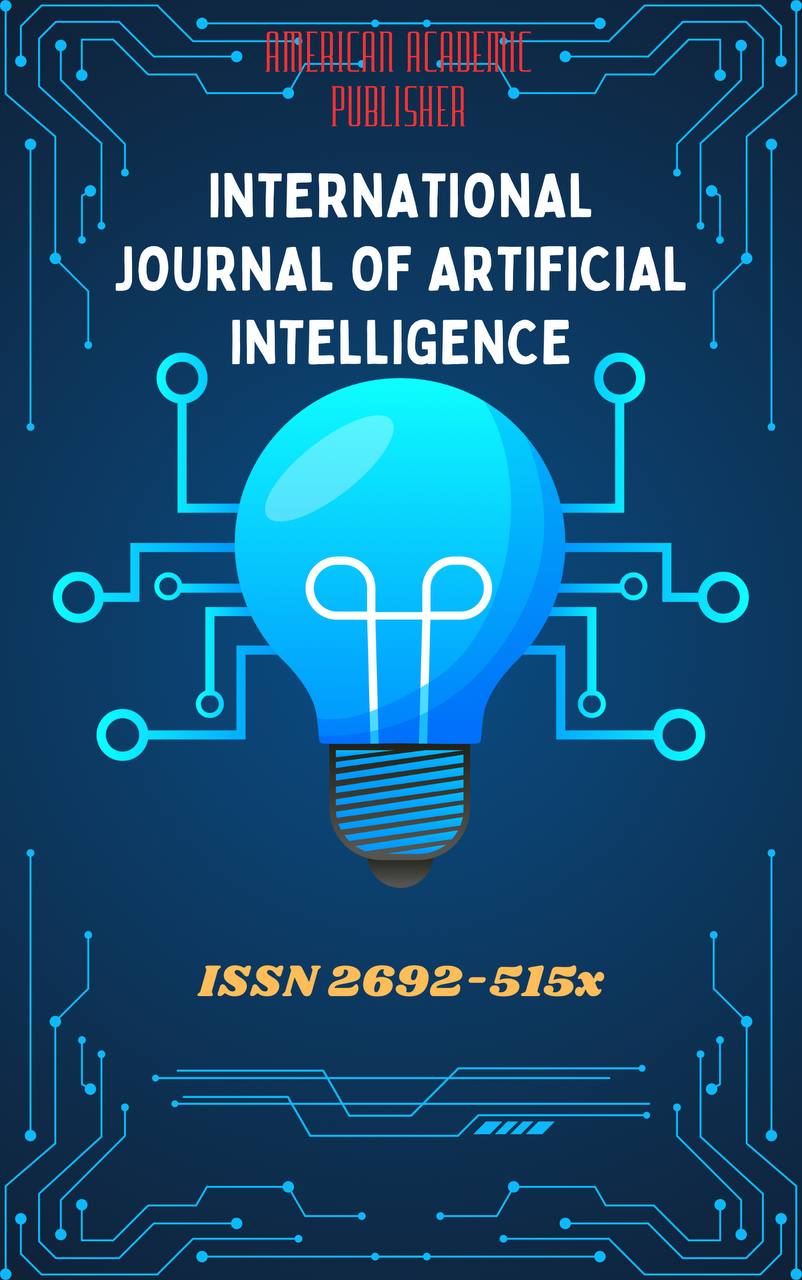 Articles
| Open Access |
Articles
| Open Access | COMPARATIVE APPROACHES TO THE TREATMENT OF PEDIATRIC AND ADULT BRAIN TUMORS
Usmonov Bobur , xAbstract
Brain tumors represent one of the greatest challenges in neurosurgery and oncology, with treatment strategies varying significantly between adult and pediatric populations. Although both groups may present with similar neurological symptoms, their biological characteristics, molecular profiles, treatment responses, and long-term outcomes differ markedly. In adults, high-grade gliomas such as glioblastoma dominate, often requiring aggressive multimodal therapy yet yielding limited survival benefits. In children, medulloblastomas, gliomas, and ependymomas are most prevalent, and therapy must account for the developing brain, long-term neurocognitive outcomes, and higher sensitivity to radiation and chemotherapy. This article reviews the fundamental differences in treatment between adult and pediatric brain tumors, focusing on epidemiology, clinical presentation, neurosurgical strategies, radiotherapy, chemotherapy, and emerging targeted therapies. Understanding these distinctions is essential for developing age-specific therapeutic protocols, improving survival, and optimizing long-term quality of life.
Keywords
brain tumors, adult neuro-oncology, pediatric neuro-oncology, glioblastoma, medulloblastoma, neurosurgery, radiotherapy, chemotherapy, precision medicine.
References
Louis DN, Perry A, Wesseling P, et al. The 2021 WHO Classification of Tumors of the Central Nervous System. Acta Neuropathol. 2021;142(4):561–579.
Ostrom QT, Cioffi G, Waite K, Kruchko C, Barnholtz-Sloan JS. CBTRUS Statistical Report: Primary Brain and CNS Tumors. Neuro-Oncol. 2021;23(Suppl 2):iii1–iii105.
Packer RJ, Pfister SM. Pediatric brain tumor biology and treatment. J Clin Oncol. 2019;37(15):1414–1425.
Stupp R, Taillibert S, Kanner AA, et al. Tumor-treating fields with temozolomide for glioblastoma. JAMA. 2017;318(23):2306–2316.
Merchant TE, Li C, Xiong X, Kun LE, Boop FA. Conformal radiotherapy for pediatric ependymoma: A prospective study. Lancet Oncol. 2016;17(4):500–508.
Gajjar A, Robinson GW, Orr BA. Medulloblastoma in children: New biological insights. N Engl J Med. 2018;379(26):2518–2526.
Zaky W, Finlay JL. Pediatric gliomas: Current management and future directions. Nat Rev Neurol. 2020;16(12):707–722.
Yadav P, Singh A. Artificial intelligence in neuro-oncology. Child’s Nerv Syst. 2022;38(5):961–972.
Weller M, van den Bent M, Hopkins K, et al. EANO guidelines on the diagnosis and treatment of adult astrocytic and oligodendroglial gliomas. Lancet Oncol. 2021;22(10):e391–e406.
Bouffet E, Tabori U, Huang A, Bartels U. Advances in pediatric neuro-oncology. Nat Rev Neurol. 2020;16:287–299.
Article Statistics
Downloads
Copyright License

This work is licensed under a Creative Commons Attribution 4.0 International License.

